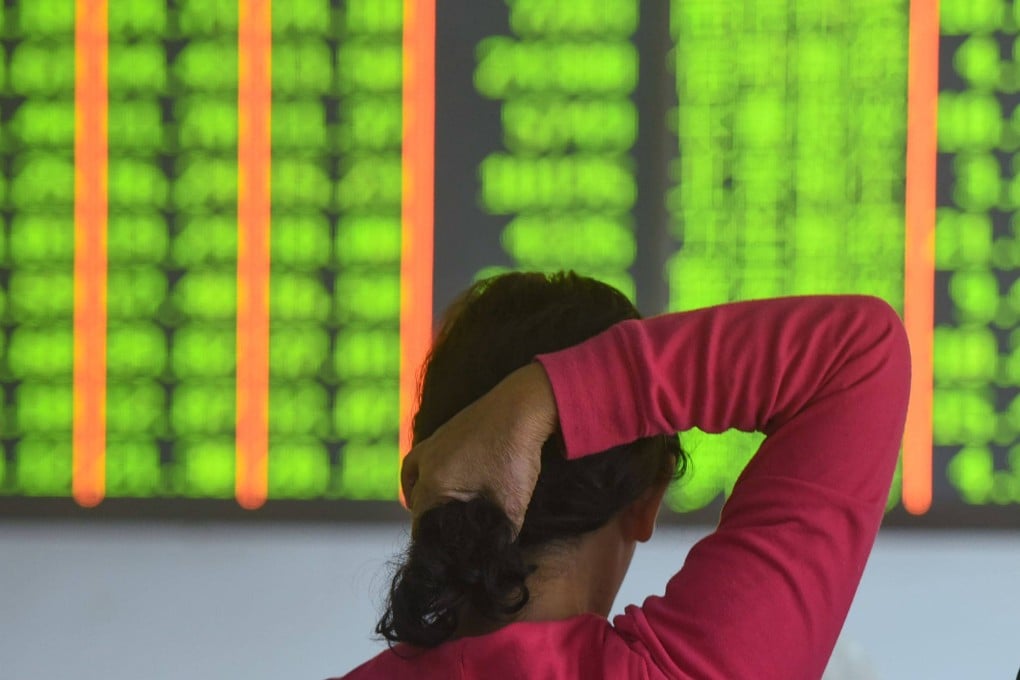Banks may become collateral damage as China’s ‘big bang’ squeezes margins, degrades assets
Banks’ net interest margins may be reduced by a fifth of a percentage point, according to an estimate by S&P Global Ratings

China’s banks may end up as unintended collateral damage amid the government’s slew of economic stimulus policies announced this week, as they may have to contend with squeezed margins and deteriorating mortgage quality, analysts said.
Banks’ net interest margins may be eroded by a fifth of a percentage point, or 20 basis points, according to an estimate by S&P Global Ratings. Return on assets could drop by 14 basis points, requiring the average deposit rate to fall by a quarter point to “neutralise the impact, which would be challenging for banks with weaker deposit base and regulatory buffers,” the rating company’s analysts wrote after the policy was announced.
Net interest margin [NIM], the difference between what a bank pays for deposits and what it earns from loans, is a key source of income and a gauge of its profitability. That margin became thinner after the People’s Bank of China instructed banks to reduce their mortgage rates by 0.5 percentage point on existing loans, while keeping deposit rates unchanged.
“We expect [banks’] NIM to remain under pressure” in the second half, extending into 2025, “driven by existing mortgage rate cuts and government directives to lower borrowing costs to support the economy”, said Fitch Ratings’ director of Asia-Pacific financial institutions Vivian Xue. “We expect this to be partly offset by further reduction in the reserve requirement ratio and deposit rates.”
That could be bad for China’s banks. All six of the nation’s largest state-controlled banks – except Agricultural Bank of China – reported declines in their first-half results. Agricultural Bank’s NIM narrowed to 1.45 per cent in the six months ended June, from 1.66 per cent last year.
